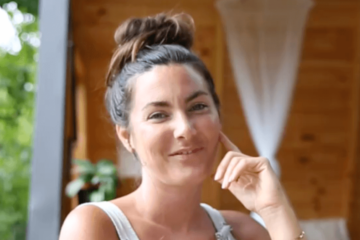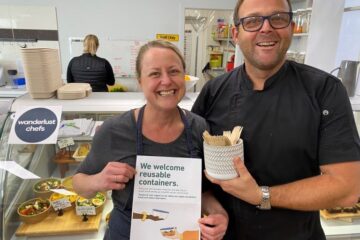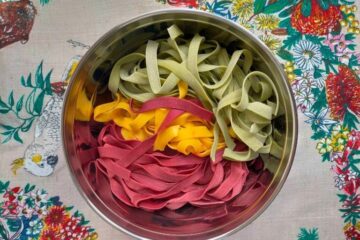The Impact of Single-Use Plastic on Health and the Environment
Back in 1997, Captain Charlie Moore made a significant discovery: the Great Pacific Garbage Patch, an enormous mass of plastic floating in the Pacific Ocean. This finding led him to become the first environmentalist advocating for a shift from “disposable” materials to reusable alternatives.
In 2012, Kristal Ambrose sailed across the Pacific Ocean to study the Western Garbage Patch. After returning to The Bahamas, she initiated a citizen science-based project through the Bahamas Plastic Movement. This organization raises awareness, offers educational lectures, summer camp programs, and citizen science projects to tackle plastic pollution. Their efforts led to a successful engagement with the government of The Bahamas in 2018, resulting in a nationwide ban on single-use plastics, styrofoam, and balloon releases by 2020.
Jackie Nuñez, a dedicated environmentalist concerned about her local beaches, participated in numerous beach cleanups. However, she had a realization one day: no matter how often she cleaned the beaches, plastic waste kept washing ashore. This revelation occurred when she was served a glass of water with an unrequested plastic straw at a seaside restaurant. It made her wonder how many other people in that restaurant, city, or country received the same unwanted plastic straws simultaneously. This sparked the birth of The Last Plastic Straw, an initiative aimed at helping restaurants and individuals save money and reduce waste, starting with eliminating plastic straws.
Indonesia is the second-largest plastic polluter globally, following China. This issue prompted two young sisters, Melati and Isabel Wijsen, to take action in their community. Their Bye Bye Plastic Bags campaign successfully led to the implementation of plastic bag taxes and further commitments to reduce plastic bag usage in 23 Indonesian cities. The movement has since expanded to fifteen different countries, including Nepal, Mexico, Italy, Colombia, Myanmar, and Australia, highlighting the power of youth in driving change.
It is shocking to learn that over 8 million tons of plastic enter our oceans annually. These examples represent just a fraction of the inspiring stories and individuals united under the Plastic Pollution Coalition, a global alliance spanning 60 countries and six continents. Together, businesses, NGOs, scientists, artists, policymakers, surfers, chefs, and people like you have come together to solve this urgent global crisis.
With Single-Use Plastics Explained, we have gathered experts from around the world who share the belief that despite the overwhelming amount of plastic in our oceans, we can solve the problem of plastic pollution. These experts provide valuable insights into the presence of toxic chemicals in single-use plastic food packaging, the impact of microplastics on our food chain, and the successful implementation of Zero Waste systems in the Global South. They also introduce numerous innovative solutions, such as refill systems based on the “milkman” model and alternative products made from paper, wood, algae, glass, and stainless steel.
The plastic crisis is an undeniable reality that affects every aspect of our lives. Even if we don’t witness discarded plastic in our communities, minuscule plastic particles have been found in tap and bottled water, salt, beer, honey, oysters, clams, mussels, crabs, lobsters, and even within our own bodies. The data supporting this is both staggering and undeniable. The time has come to explore and embrace alternatives to single-use plastic in our foodware. Together, we can shift the system and make better choices for the well-being of humans, animals, waterways, oceans, and the environment. We warmly invite you to join us on this transformative journey.
Where does all this plastic ultimately end up?
In today’s world, we encounter plastic more frequently than our loved ones. It permeates every aspect of our daily lives, infiltrating the air we breathe, the water we drink, and the food we consume.
But have you ever wondered how?
Every time we drive a car, walk in our shoes, use a dryer, or launder our clothes, microplastics are released into the environment. Through a combination of friction, erosion, and mechanical degradation, plastic gradually breaks down into smaller particles that spread across the entire globe. Surprisingly, our shoes, clothes, and even tires contain plastic. Whether you’re looking at the farthest corners of the world or the very air we breathe, plastic always seems to be there first.



0 Comments